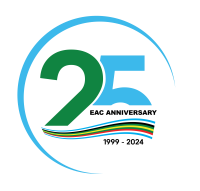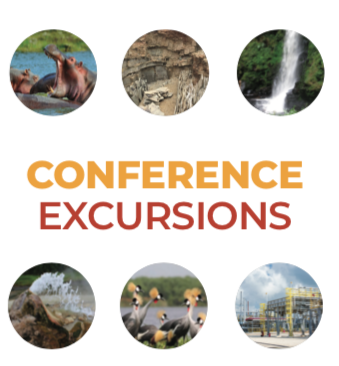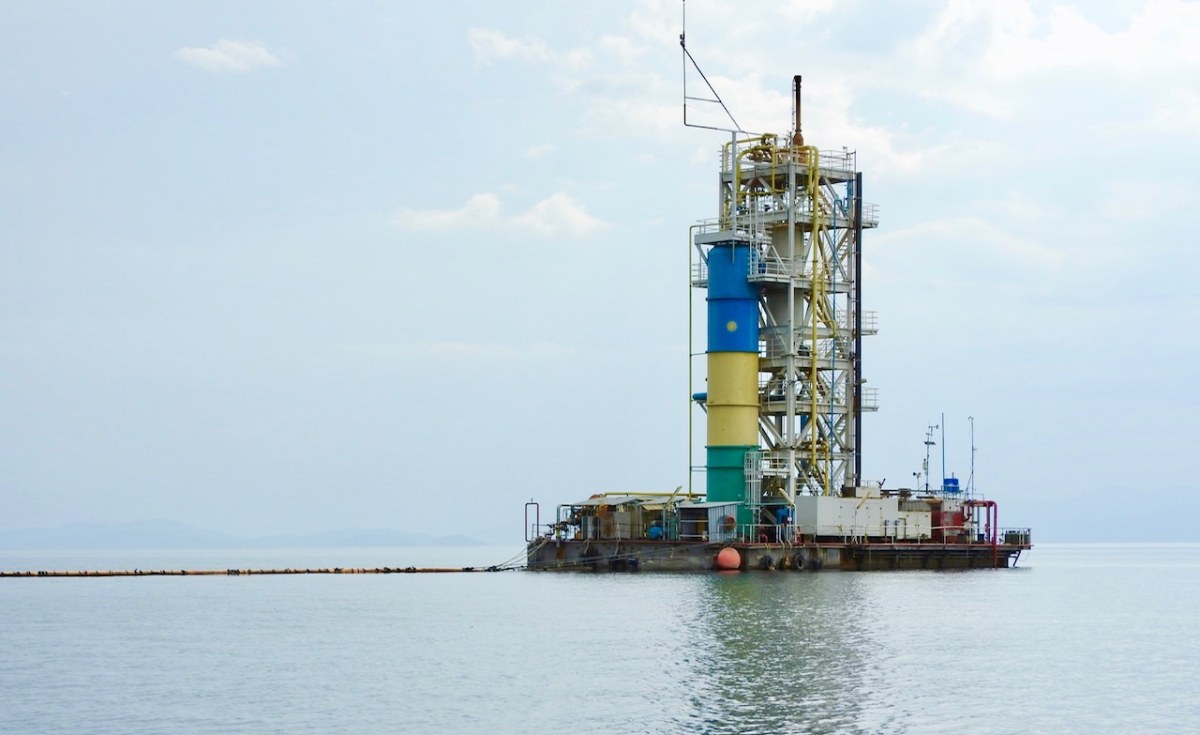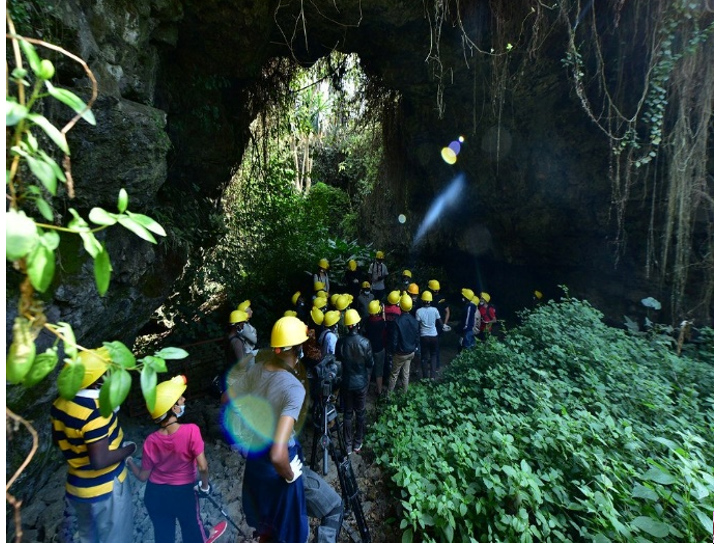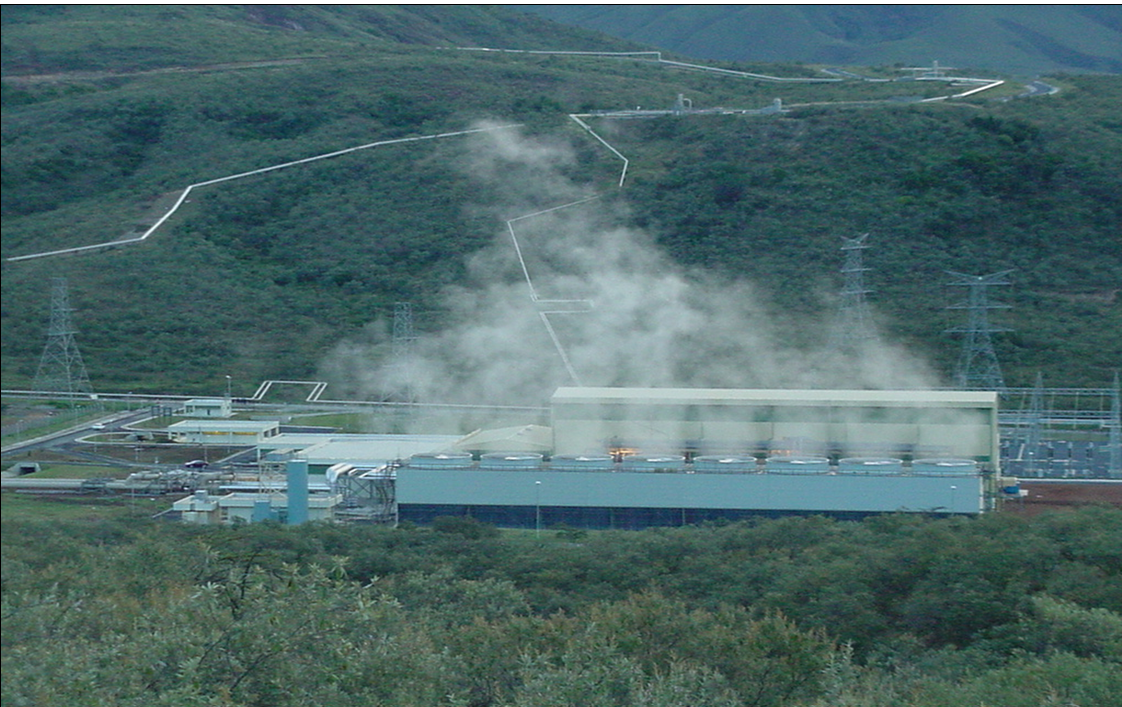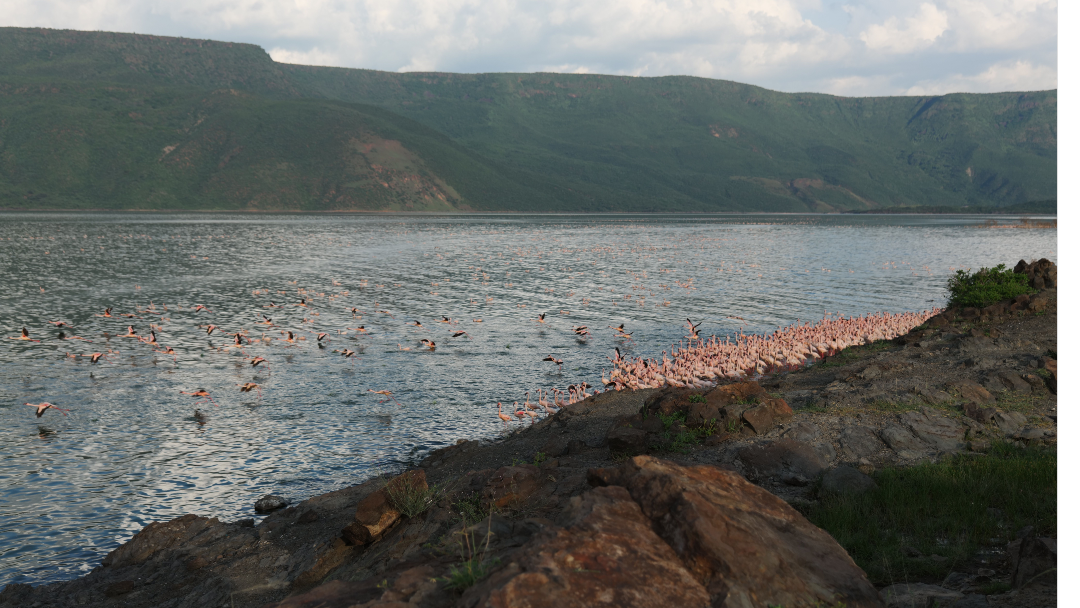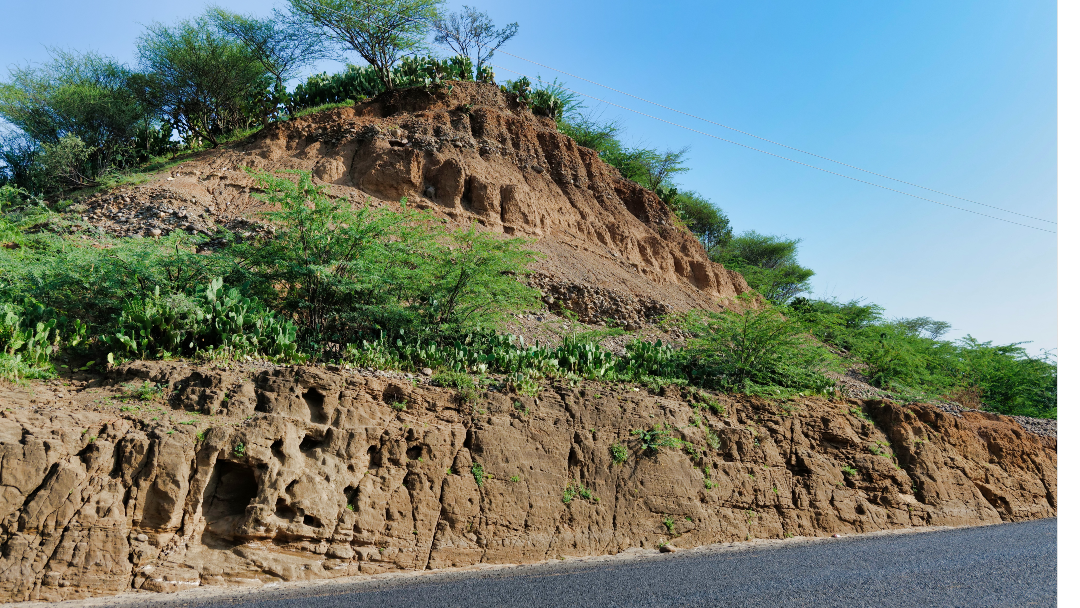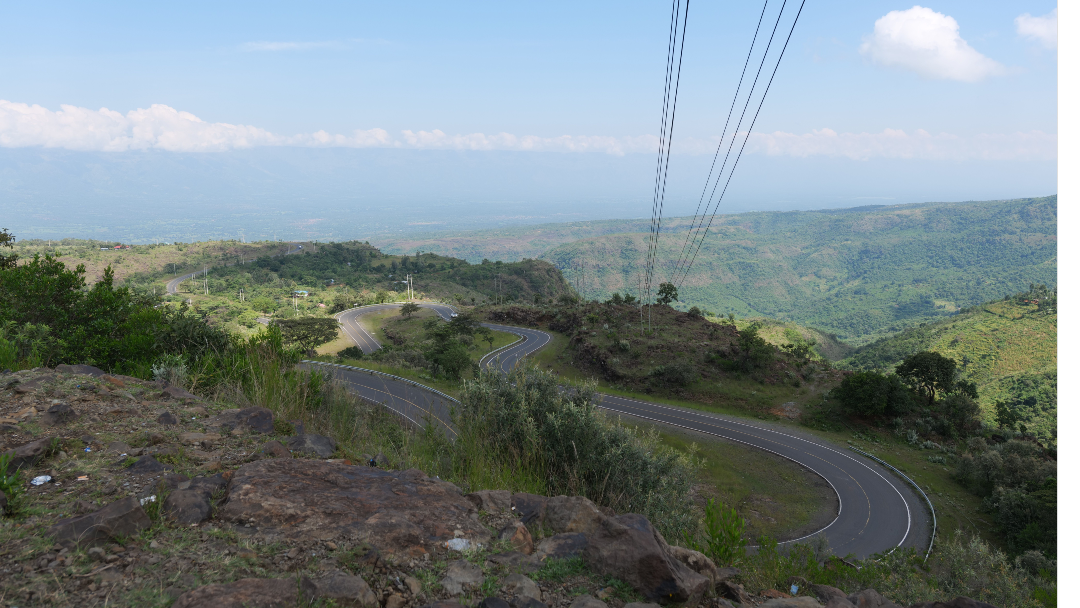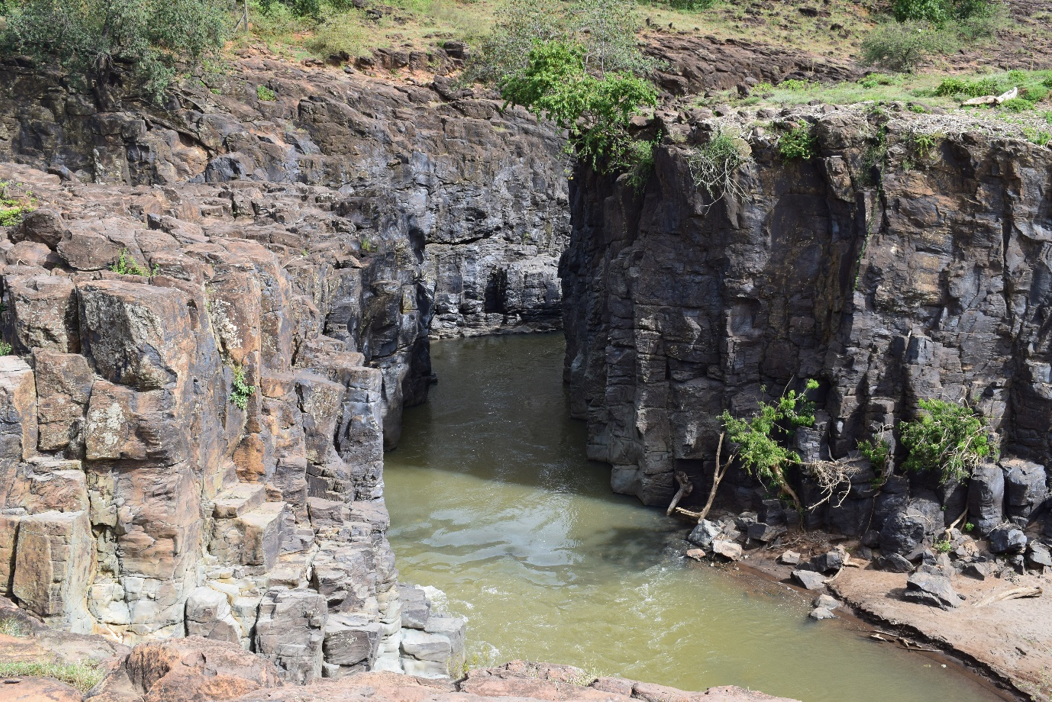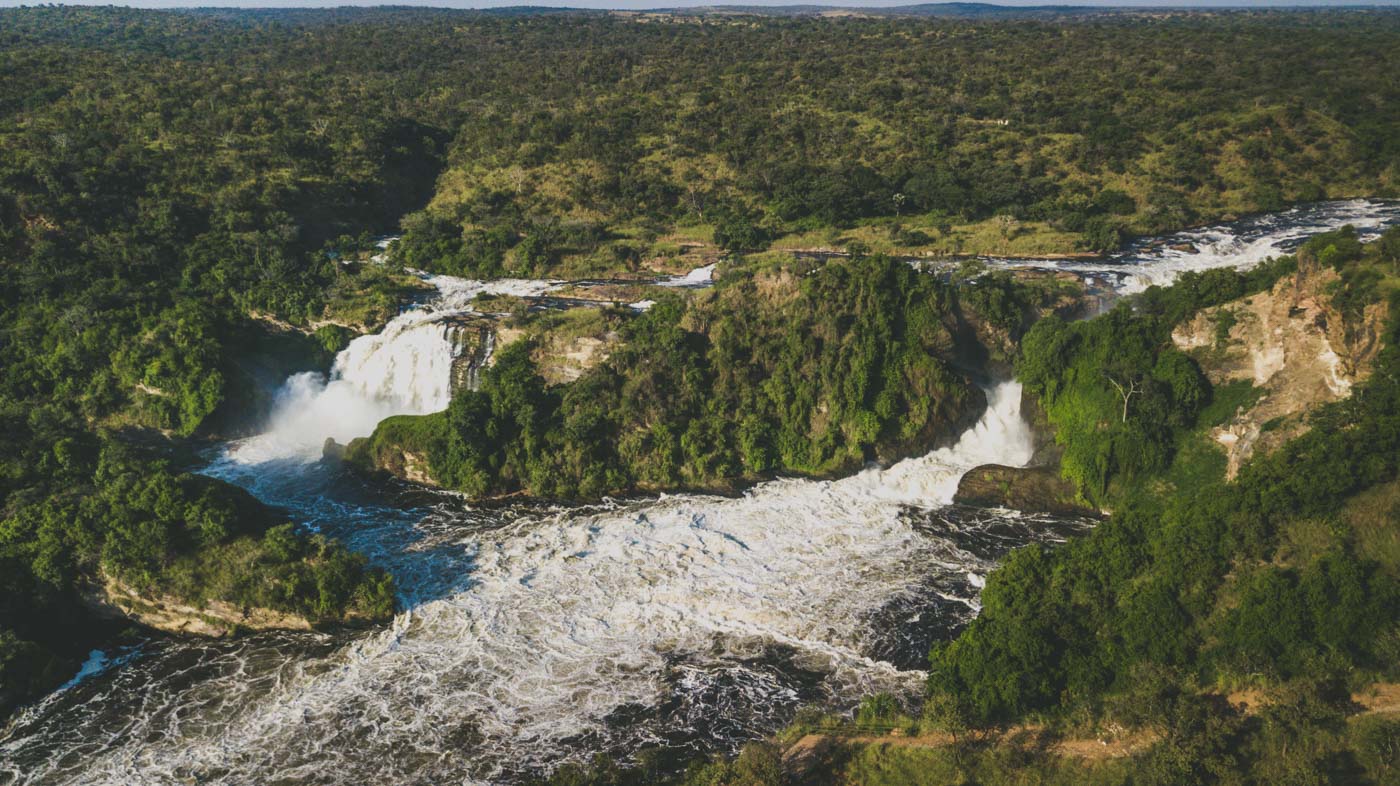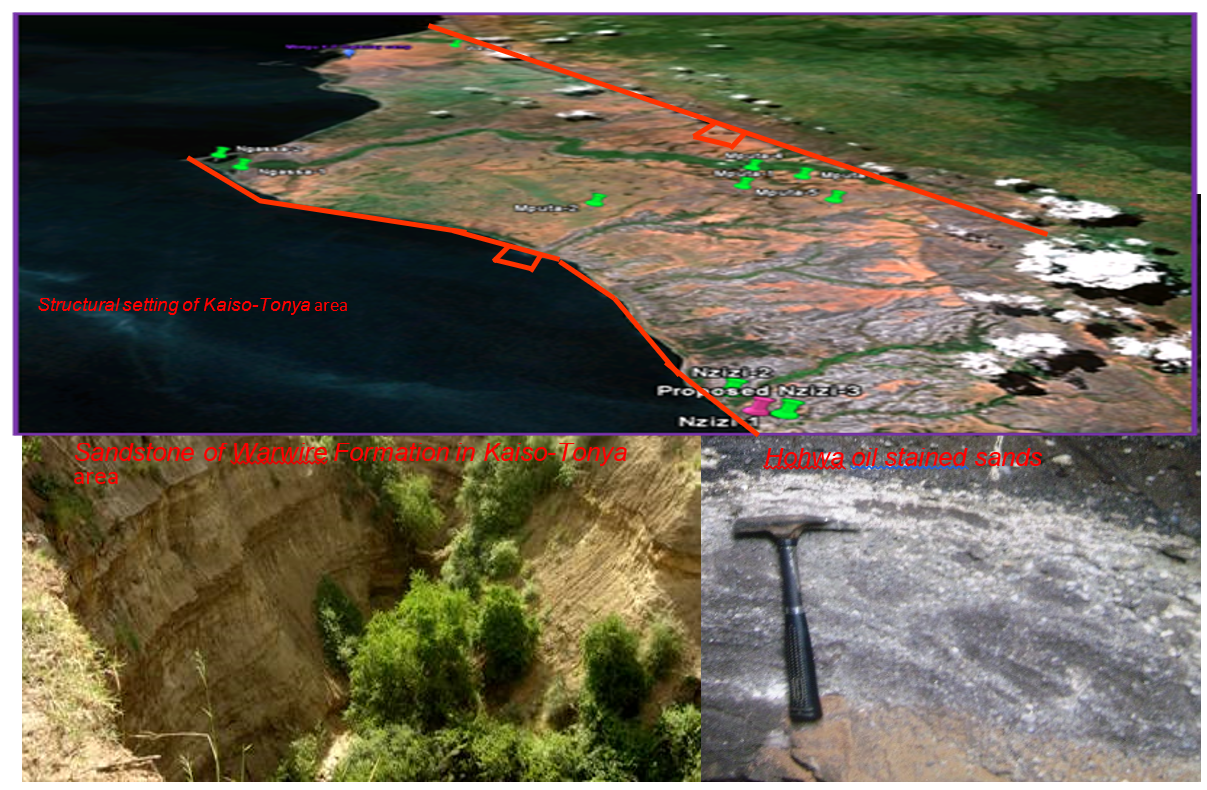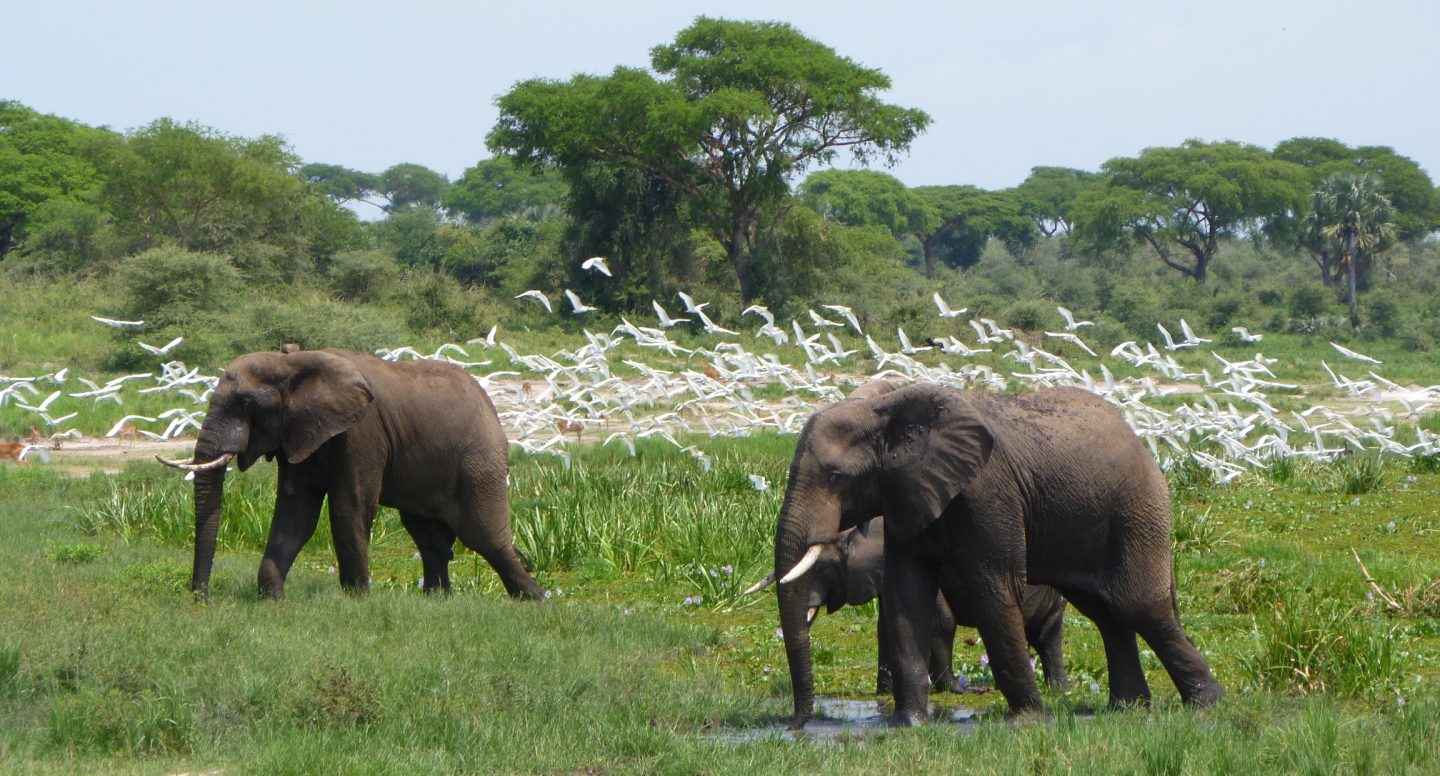ITINERARY: 28TH FEBRUARY - 3RD MARCH, 2025
The EAPCE’25 Pre-Conference field excursion is a 4-day trip from 28th February to 3rd March, 2025. The trip will provide an opportunity to cruise along the Uluguru mountain chains and understand the structural and stratigraphic framework of the northern part of the Selous failed rift basin. Along the way, delegates will make few stops to appreciate the well-exposed sections of Permo-Triassic (Karoo) and Jurassic sediments that mark the main targets for hydrocarbon generation in the Ruvu Basin and will also visit a viewpoint to enjoy the magnificent scene of the Kilosa Kilombero basin that constitutes potential elements for the oil and Gas generation and accumulation.
The delegates will also see the attractiveness of the Nyerere National Park the largest National Park in Africa (formerly Selous Game Reserve), including its diverse wildlife, birds, grasslands and tree species located in the basin and be able to visit the Julius Nyerere Hydroelectric Power plant.
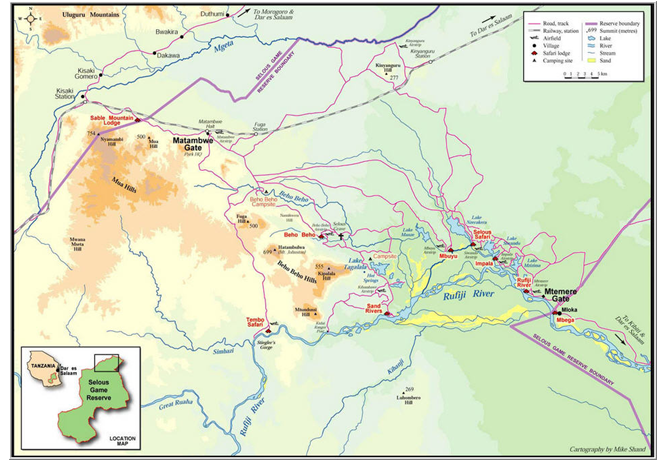
DAY 1: 28TH FEBRUARY 2025 - DAR ES SALAAM TO KILOSA SUB BASIN VIA MOROGORO
The trip from Dar es Salaam to Kilosa via Morogoro Town, will take you through Neogene sediments in Dar es Salaam and magnificent exposure of Jurassic sediments at Msolwa quarry and a good look of the Jurassic Sediments-Basement rocks contact at Msolwa bridge area.
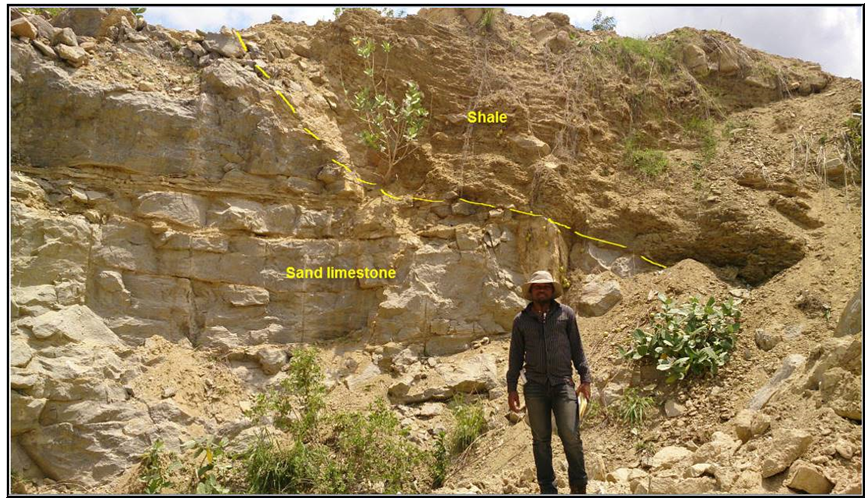
Thereafter, delegates will have the opportunity to appreciate the gorgeous scenery of the Uluguru mountain chains of the Mozambique Orogenic Belt when driving to Morogoro town.
Further, at Kilengezi village the delegates will observe good exposure of Permian to Triassic tillites which indicates the occurrence of glacial period during that time.
Along the road to Kilosa town, delegates will observe the beautiful scenery of the Sagara Mountains and briefly learn the geological features that characterize the basin. The Sagara Mountains form the western boundary of the Kilosa Rift, that formed by large-scale block faulting and tilting.
At Ilonga village view point near Kilosa Town, the delegates will be able to view the beautifulness of the lowland and wetland of the Kilosa sub basin which is part of the Kilosa Kilombero Basin potential for hydrocarbon exploration. The flat alluvial marshland of the Kilosa Valley is the down thrown block of the rifting.
Later, the delegates will drive back to Morogoro town for a night stay at the foot of the Uluguru Mountain at Nashera Hotel.
DAY 2: 1st MARCH, 2025 - MOROGORO TO SELOUS BASIN VIA KISAKI TOWN
Along the way Delegates will make a Stop at Kivuma village in Mkuyuni ward, the delegates will observe good-quality white marble at Guandui mine.
Delegates will stop at Chamanyani Hill (Msonge Village) to view the First glimpse of the Selous basin as approaching from the North. Down to the basin, the delegates will observe the synrift Karoo sediments overlying the Basement.
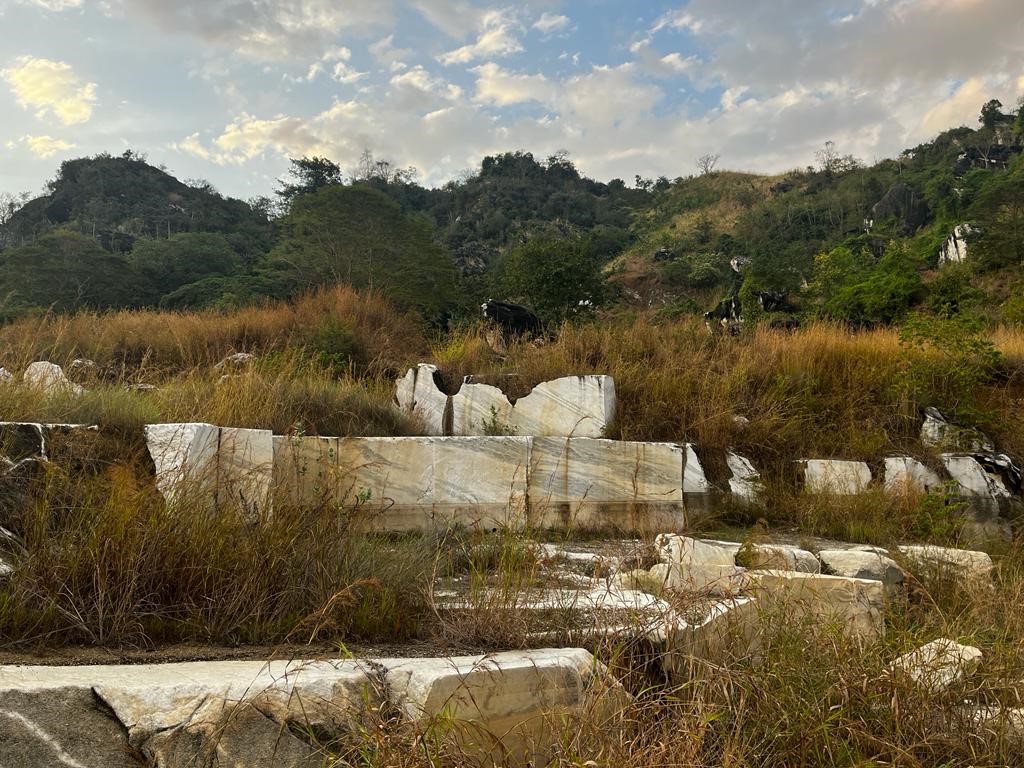
Further down to the Basin at Kilengezi village, the delegates will observe the Permian to Triassic tillites which is an indication of the glacial event during that time and mark of the syn-rift deposits
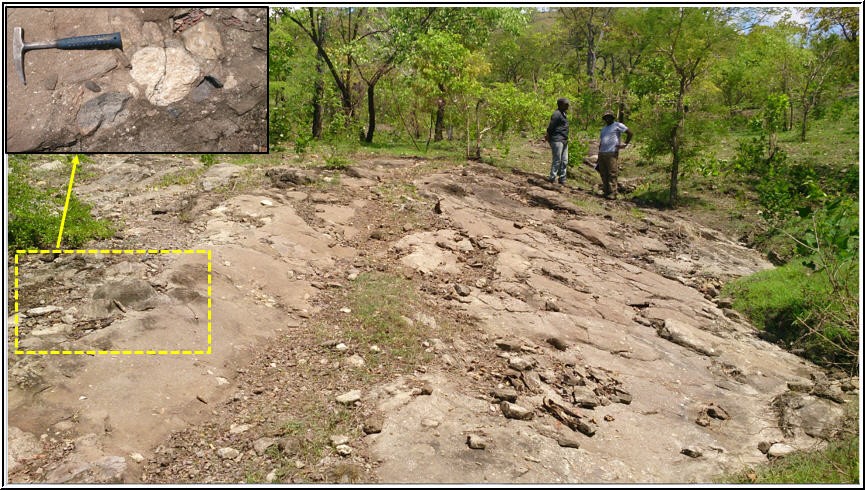
Then delegates will have lunch at Kilegezi tilites exposure for 30 minutes and then drive to Sable Mountain Lodge at Kisaki for the night stay.
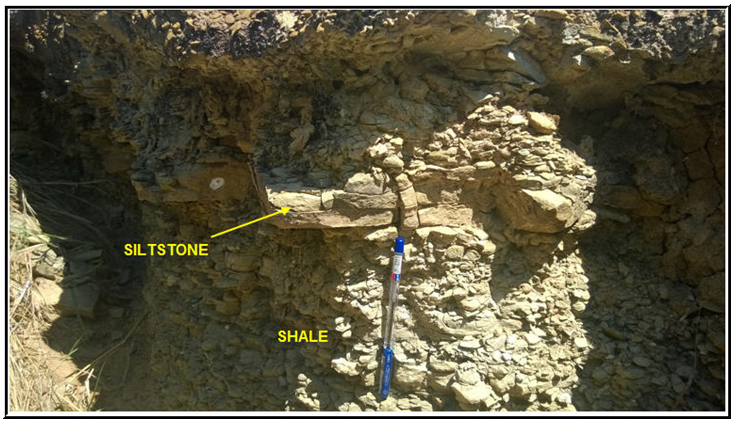
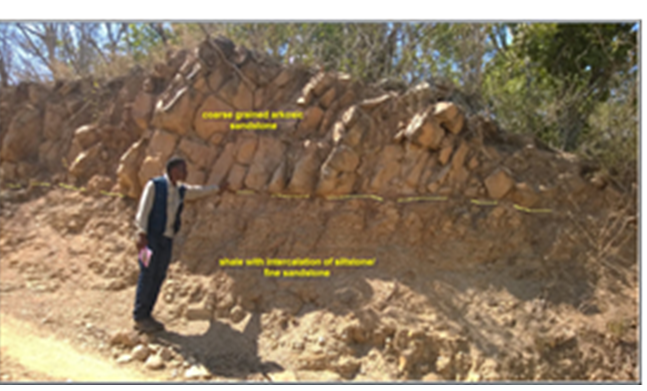
DAY 3: 2ND MARCH, 2025: SABLE MOUNTAIN LODGE TO MARAMBWE GATE AND TAGALALA HOTSPRING
The delegates will drive from Sable Mountain Lodge to Julius Nyerere Hydropower Project (JNHPP) via the Matambwe gate to spend two hours of memorable visit of the dam, which is under construction. Once completed the dam will be the fourth largest dam in Africa, the ninth largest in the world, and the largest power station in East Africa.
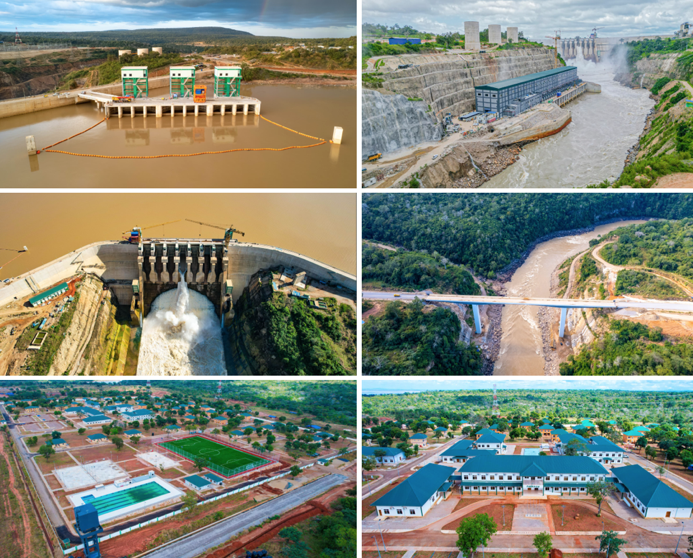
The delegates will then drive to Tagalala Lake to observe its magnificent view and the diverse wildlife and bird species around and within the lake. Then, they will drive to Tagalala Hot Springs to observe a pool of hot water and bitumen embedded within the sandstone breccia, which is a good indication of the existence of a petroleum system.

Then, delegates will have a one-hour lunch break at the Tagalala public picnic site.
On the way back to Sable Lodge, the delegates will spend a few minutes at the Behobeho area to see the grave of a British Hunter, Frederick Selous, and get his short history. Thereafter, observe the continental muddy limestone concretion in Behobeho area.
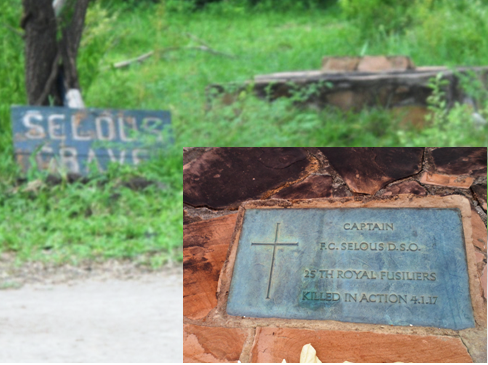
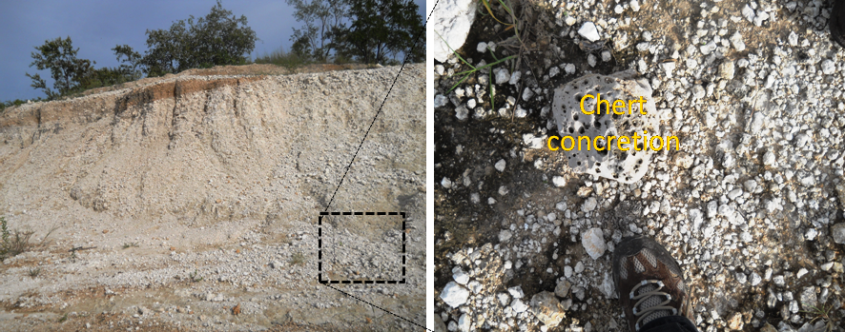 Muddy limestone with limestone concretion body at Behobeho.
Muddy limestone with limestone concretion body at Behobeho.During the drive back to Sable Mountain Lodge, the delegates will further observe the natural beauty of Nyerere National Park by its wildlife varieties around the park and in Lake.
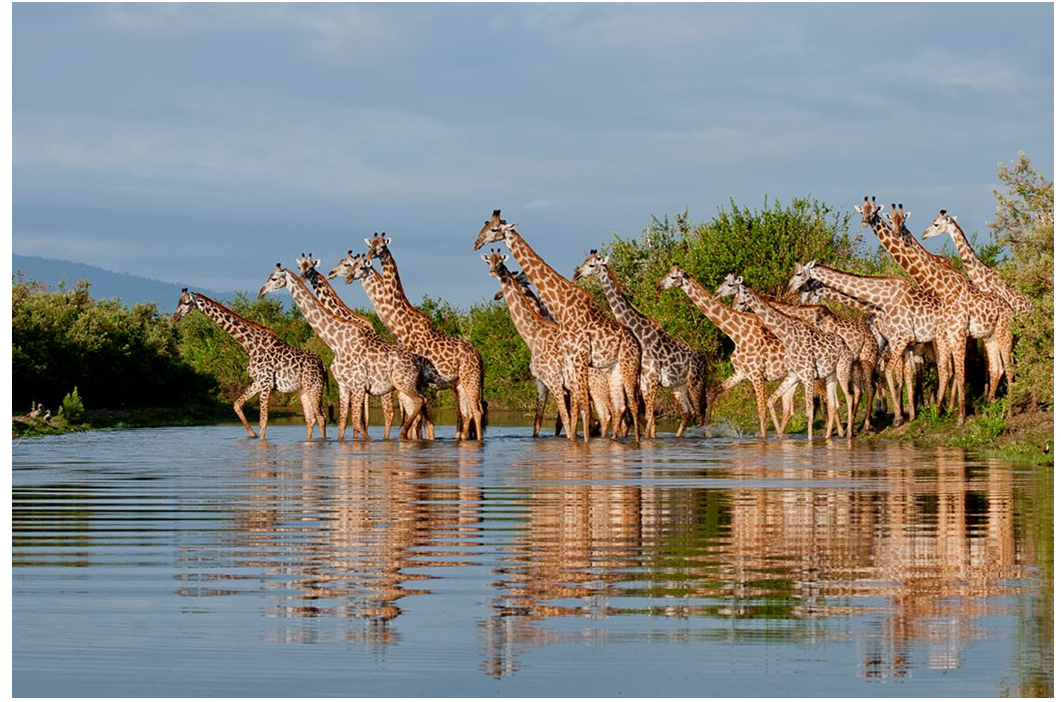
DAY 4: 3RD MARCH, 2025: SABLE MOUNTAIN LODGE TO LAKE SIWANDU AND DRIE BACK TO DAR ES SALAAM VIA MTEMERE GATE
The delegates will drive from the Lodge into Nyerere National Park via Matambwe gate for the wildlife tour. In the park, they will stop at Kinyangulu to see the buffalo and then go to lakes Siwandu, Mzizima 1, and 2 to see a variety of beautiful wildlife species around the lakes.
The delegates will again stop at River View, where they will see Hippos and Crocodiles in the Rufiji River. They will then proceed to the Mtemere area, where they will have a 30-minute Lunch break while observing various wildlife species.
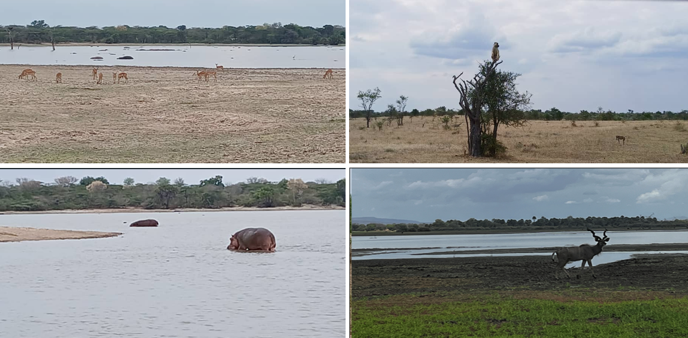
Finally, the delegates will drive back to Dar es Salaam via Mtemere gate to participate in the conference the following days.
Fees:
US$ 1,150 per person non – residents
US$ 960 per person for East African residents
Includes meals, transport, accommodation and park entry fees.
Contact:
Ms. Neema Maganza,
Petroleum Geologist Tanzania Petroleum
Development Corporation (TPDC),
P. O. Box 2774, Dar es Salaam.
Email: This email address is being protected from spambots. You need JavaScript enabled to view it.
Cell phone: +255 754 896 161

